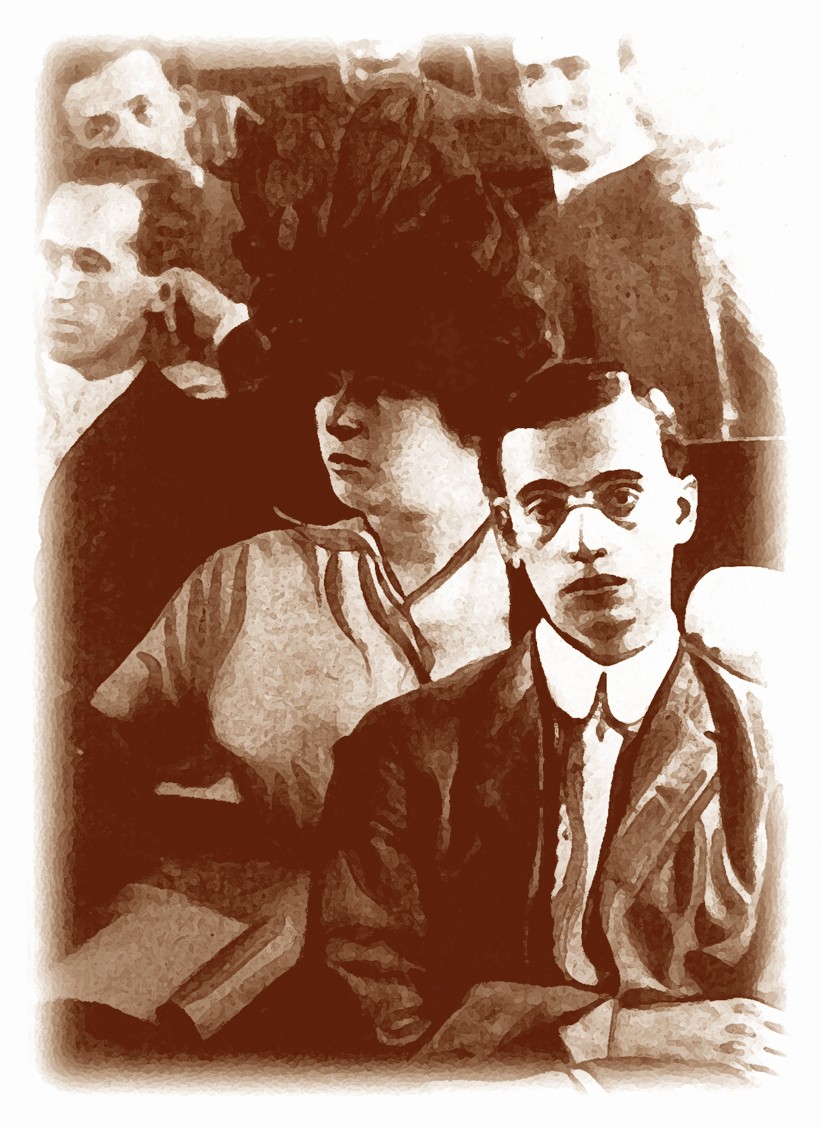
Related Content
August 18, 2017
By Lauren Jones
Civil Rights National Counsel at the Anti-Defamation League
On August 17, 1915 a mob dragged Leo Frank, a Jewish superintendent at a pencil factory in Georgia, from his prison cell, drove him to a place where others stood ready with a noose, and lynched him. They called themselves the Knights of Mary Phagan. A crowd of men, women and children looked on and cheered. Within the local community, the members of the lynch mob were well-known. But their identities didn’t become public more widely until 2000. Among them were a former governor, two mayors, and several sheriffs. Later that year, members of that lynch mob climbed to the top of Stone Mountain outside of Atlanta, lit a cross, and with it ignited the second rise of the Ku Klux Klan.
Several years before that awful day, Frank had been accused of the rape and murder of a young girl who worked in the pencil factory with him, Mary Phagan. After a trial marked by anti-Semitism from the prosecution and punctuated by shouts of “Hang the Jew!” from the crowd outside the courtroom, the jury found Frank guilty and the judge sentenced him to death. The Georgia governor, recognizing that the trial had been irredeemably tainted by anti-Semitism, commuted Frank’s sentence to life in prison. That’s when the lynch mob struck.
Leo Frank’s lynching is the only widely-publicized lynching of a Jewish man in America. But it is far from the only lynching that stains America’s history. Between 1877 and 1950, more than 4,000 African Americans were lynched in the United State. In many cases, everyone in town knew who was responsible for the lynching. Some spectacle lynchings were public events, attended by the entire white community of a town and even publicized in the newspaper, as a celebration of white control and domination. But the perpetrators were never held accountable. And America has never fully reckoned with what happened.
That history—and the failure to grapple with it—haunts us to this day, and never more clearly than this weekend in Charlottesville. As white supremacists and neo-Nazis descended on the University of Virginia Friday night shouting “You will not replace us,” “Jews will not replace us,” and “Blood and soil,” (the English version of the Nazi term blut und boden), their faces were illuminated by torchlight. Once a favorite tool at Klan rallies and with lynch mobs, torchlight has a particular ability to sow fear and terrorize a community.
The next day, even more white supremacists and neo-Nazis descended on the college town, ostensibly to protest the removal of a confederate statue. They came heavily armed, toting semi-automatic weapons and body armor. Taking a page directly out of the ISIS playbook, one plowed his car into a group of counter-protesters, tragically killing Heather Heyer and injuring many more.
The killing of Heather Heyer was domestic terrorism, plain and simple. The perpetrator killed a young woman in cold blood with a broader goal: to sow fear in the larger community and send a chilling message of white supremacy. The words we use to describe that heinous event matter. They speak volumes about our values, our principles, and our commitment to protecting all communities. The words we use to describe our history matter too. The lynchings used for decades to terrorize communities and instill racial hierarchy have never been recognized as terrorism, but they are surely terrorism too.
In the wake of the weekend’s horrific events, and the President’s shocking comments failing to denounce white supremacy, it can be tempting to swirl into a black hole of doom and despair about our country. To be sure, the past that once felt like a page in our history books now feels more like a current event. But there is a way forward—that starts in our past. We must grapple with our history. We must recognize acts of terrorism for what they are. As some are doing now with Charlottesville, leaders from across the political spectrum must come together to condemn the terrorism that plagued our country for decades. We must reconcile with the shameful narrative of white supremacy that undergirds our founding and threads through so much of our past. And by doing so, we can begin to stamp out the embers of racial hierarchy and white supremacy from those torches of old that still burn.









